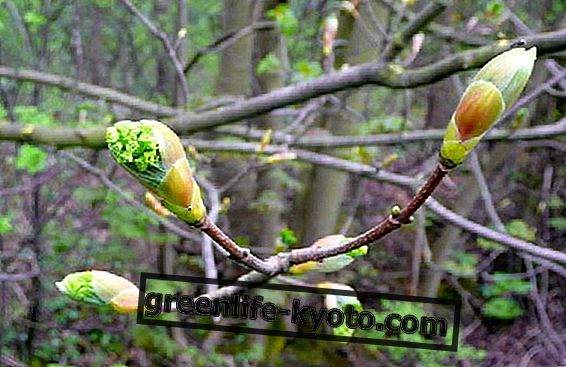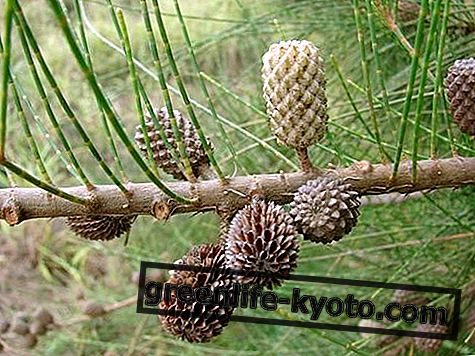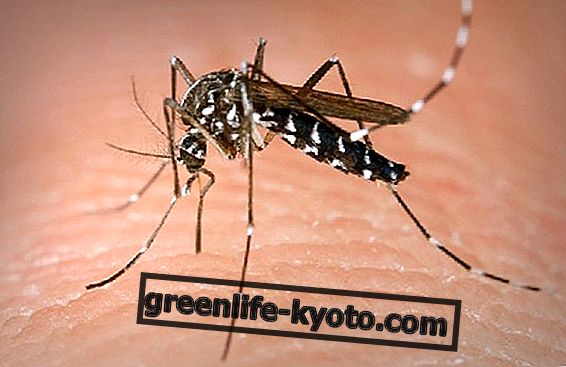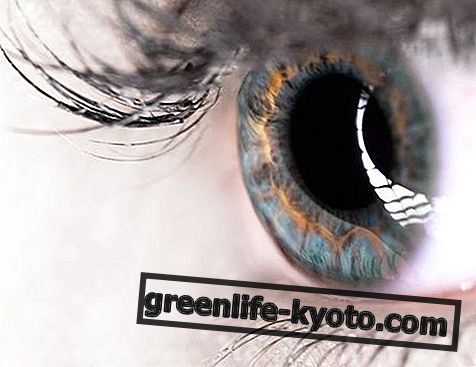
Samantha and Simona, who met by chance at a Fuorisalone event in Milan, passionate about cooking, after years of natural cooking classes, decided to come across this editorial adventure.
One architect, the other blogger, have reinvented themselves in a common and deeply congenial environment, that of vegan cuisine . They looked into each other's eyes, they found each other, sharing a deep and often difficult to share respect for life, and decided to bring to the table, after various experiments, failures and successes, their personal reinterpretations of veg recipes .
These are dishes that often belong to the traditions of origin, that is Pugliese and Neapolitan for one, Ligurian for the other, two kitchens for another very rich in vegetables and delicious poor and peasant dishes.
Thus their editorial product is born, entitled Vegan cuisine for beginners, published by L'Età dell'Acquario. And here is also their project, the Natural Vegan Chef website , a project of work and life, aimed at offering courses and moments of meeting for those who find themselves sharing their thoughts and want to deepen their knowledge about it.
Never tried fusion-vegan cuisine?
Vegan cuisine for beginners: the book
Tired of seeing the environment used without any respect, even tired of a " myopic disposable prospect ", the two girls have decided to move from saying to doing, putting forward culinary proposals that use simple ingredients and avoiding others.
This is their philosophy of life, these are the basic ingredients you will find in the book: all kinds of flour, extra virgin olive oil, self-produced margarines, whole cane sugar, natural malts and sweeteners, dried and fresh fruit, oats, kamut and seaweed; and also tofu, tempeh, mopur, wheat muscle, vegetables, spices and oilseeds of all sorts.
What do they not use? 00 flour, viancor sugar and ingredients of animal origin, including honey, isinglass, milk and derivatives. Here are the basics of vegan cuisine!

What are the proposed recipes
The book follows, we can say, the preparation of a complete menu, from appetizer to dessert . It starts with the preparation of salty bases, or base for salted crêpes, béchamel, vegetable nut, gnocchi, gomasio, mayonnaise, fresh pasta, self-produced cream, various types of ragù and the "vermigiano", or vegetable parmesan. Then it continues with the preparation of sweet bases, for example various types of creams, sponge cake and short pastry.
It then goes into the details of the savory recipes, with original dishes that recall wild herbs, such as wild asparagus broth, to continue with red lentil burger, cannelloni, carbonara veg, cous cous, cabbage and turmeric cream, the "lighthouse" omelette "based on chickpeas, various types of hummus and salads, lasagna and even tofu, raviol and" seitan stonnata "pate. There is no shortage of ideas for winter dishes, such as soups and velvety.
The second detailed section, dedicated to desserts, is made up of more traditional recipes, such as almond biscuits, to the point of daring a vegan vanilla pudding, sweet crêpes, donuts, cupcakes, muffins, tiramisu and crostat truffles.
An essential final glossary explains certain used products and why it is important to keep them close at hand, or rather in the pantry, in vegan cuisine.












